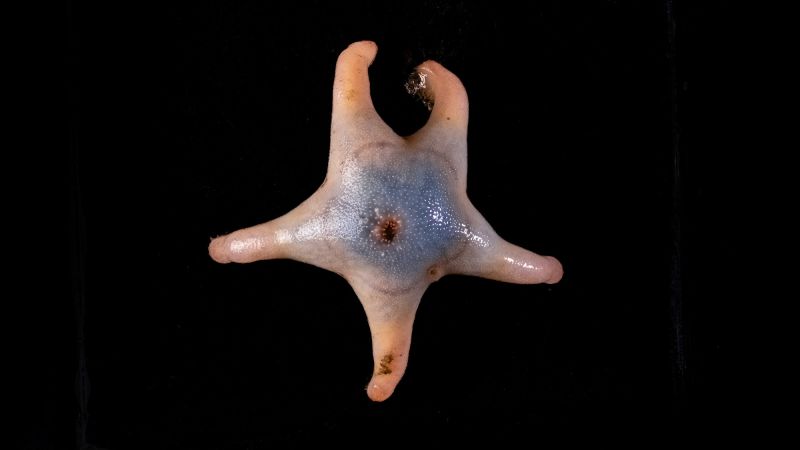The vast underwater world continues to reveal its secrets through ambitious initiatives aimed at documenting marine life, the most recent being Ocean Census. Launched in 2023, Ocean Census is a global alliance dedicated to the conservation of sea life. This initiative recently announced the discovery of 866 previously unknown species, including a guitar-shaped shark, a fan-like coral, and a venomous deep-sea snail equipped with harpoon-like teeth. These discoveries were made possible through extensive efforts involving divers, piloted submersibles, and remotely operated vehicles across ten ocean expeditions.
One of the primary objectives of the Ocean Census is to address the staggering gaps in our understanding of the ocean depths. Michelle Taylor, a coral expert at the University of Essex and a principal investigator at Ocean Census, emphasized that the potential for discovery is exceedingly high. In an interview, Taylor stated, “Probably only 10% of marine species have been discovered.” Currently exploring the South Sandwich Islands aboard the research vessel Falkor (too), she highlighted the journey’s significance, underlining the rarity of human interaction with these remote locations.
The research endeavor aims to discover a wide range of marine life, covering diverse taxa from sharks and pipefish to gastropods like snails and intricate coral species. The exploration has taken scientists to depths ranging from a mere 3 feet (1 meter) to an astounding 3.1 miles (4,990 meters) beneath the ocean’s surface. Those involved in the Ocean Census Science Network include over 800 scientists from approximately 400 institutions who collaborate on analyzing the findings.
Throughout her current expedition, Taylor expressed confidence in the potential to discover even more new species, mentioning her hopes surrounding a coral specimen collected just days earlier. This excitement reflects the challenges faced when navigating to these unexplored waters, as they are often remote and rarely visited — it took Taylor and her team eight days to travel from southern Chile to their current location.
Among the intriguing discoveries was an elegant octocoral, found in the Maldives, known for its eight tentacles and notably softer, more flexible texture compared to other coral species. Additionally, the guitar shark found off the coasts of Mozambique and Tanzania is particularly significant since shark populations are facing severe declines globally. The discovery of a new species amidst these challenges adds an element of hope.
Other notable finds include a limpet, a type of marine mollusk with a conical shell, and a sea star located at depths of approximately 10,000 feet (3,053 meters) in the Norwegian-Greenland Sea. This environment presents extreme temperature variations, presenting a unique habitat for thriving organisms. A predatory gastropod, the Turridrupa magnifica, is remarkable due to its harpoon-like teeth that inject toxins into its prey. Research on related species’ venom has contributed importantly to medical advancements.
While advancements in technology, such as real-time imaging and genetic sequencing of environmental DNA, have made it easier to identify new marine species, there remains a reliance on collecting physical specimens for thorough confirmation. This can often result in a sluggish process, as scientifically describing a new species might require years of work. Many species identified by Ocean Census have not yet been formally named, but the alliance strives to quicken that process. With an ambitious goal of identifying 100,000 new species over the next decade, the expeditions are just the start of a larger mission.
Taylor expressed concerns regarding the lengthy academic peer review process which can significantly delay species identification. She emphasized the urgency of understanding marine biodiversity. The marine environments are currently contend with substantial challenges, and a better grasp of biogeography, biodiversity, and the projected impacts of climate change is paramount. The mission of Ocean Census is designed not only to discover new marine life but also to foster an understanding that can lead to better protection and conservation of the ocean’s delicate ecosystems. In this era of escalating environmental threats, the significance of such research cannot be overstated; the findings may be crucial to understanding how our changing climate affects marine environments globally.












